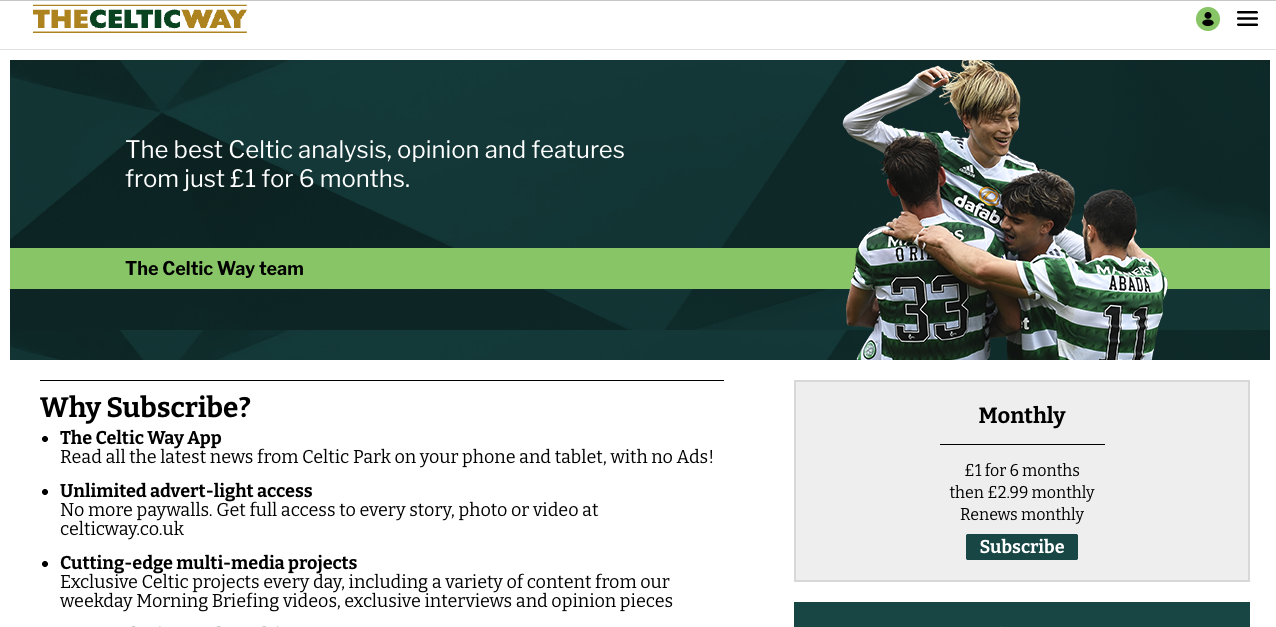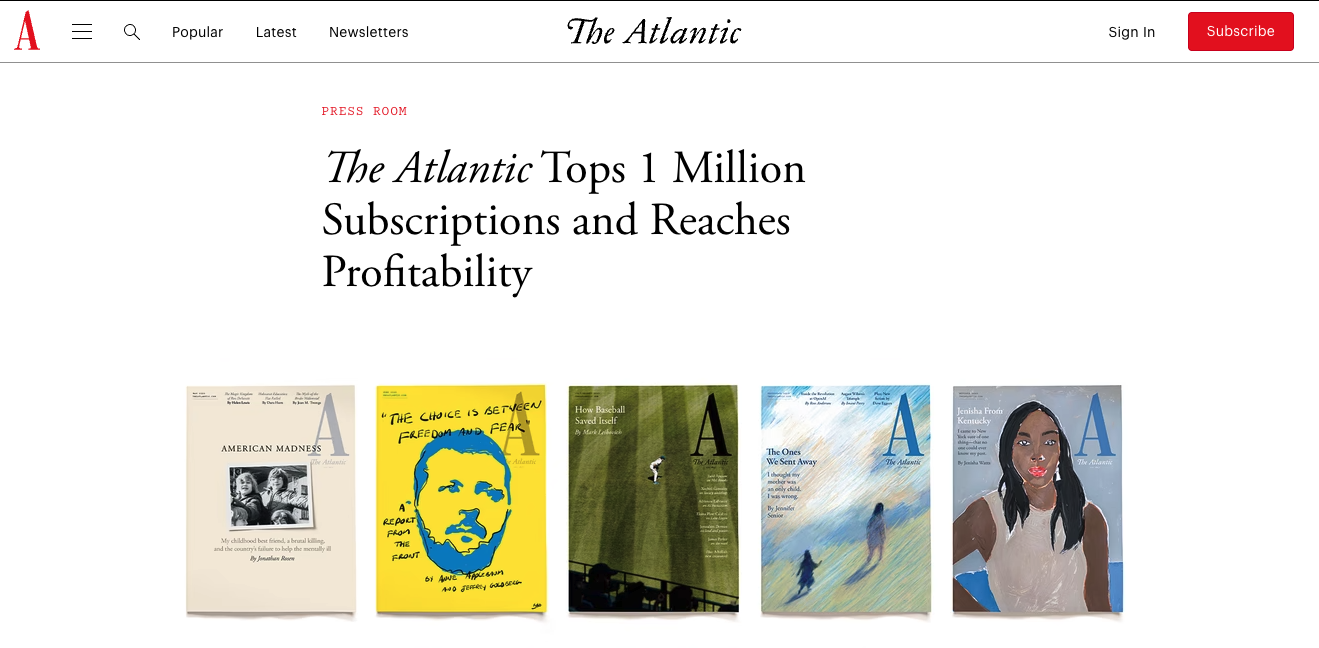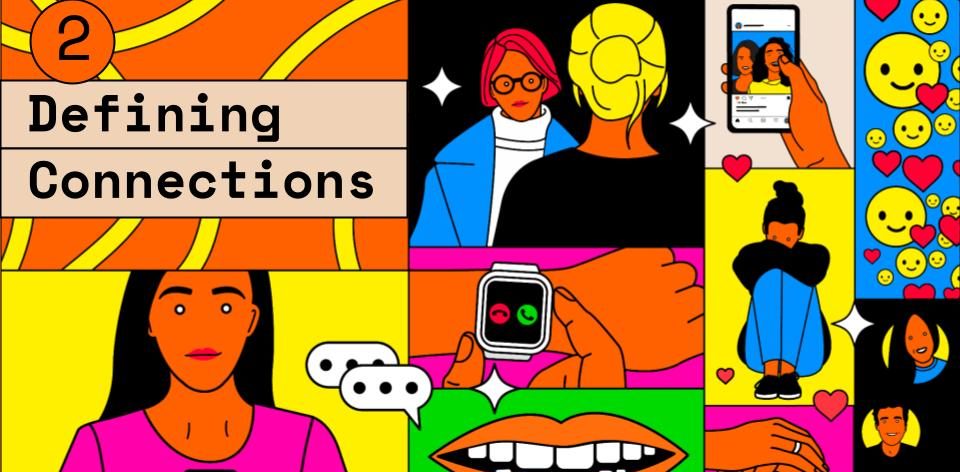
Newsletter
Newsletter
At a future of publishing conference, we laid out an audience-focused product development process that can accelerate digital transformation.
26th January 2023

In the Pugpig weekly media bulletin, Pugpig’s consulting services director Kevin Anderson distills some of the best strategies and tactics that are driving growth in audiences, revenue and innovation at media businesses around the world.
We don’t want this newsletter to become stale and formulaic so we are going to mix it up again. This is a report from a Future of Publishing conference that I’m taking part in. Our panel focused on the future challenges for publishers in terms of technology and revenue. Here is a sampling of the questions and my answers.
Sign up to get the Media Bulletin in your inbox.
The opening icebreaker question covered a range of challenges including intense competition in digital publishing both for attention and digital ad revenue, and on top of that of course, we were asked about the digital spectre du jour is ChatGPT and what it might mean for publishers.
In terms of competition, the business of digital media has always been governed by paradoxes. The barriers to entry are much lower than print or broadcast media, which has led to intense competition. Some refer to this as the attention economy. The idea that content in the broadest sense is no longer scarce with easy access to an endless supply of music, movies, TV, news updates, long-form journalism, video games, newsletters, social media posts as well as digital or print books. The scarce resource is now people’s time and attention.
The other paradox is that while it was easy to launch a new digital publication, the business models were not clear until the rise of digital subscriptions and developments that followed. Meaning that while the start-up costs were low, the returns were also lower. For legacy media businesses, print or broadcast still generated the majority of their revenue, and margins for digital businesses were lower. It was difficult to justify a meaningful pivot to digital, Meanwhile, audience behaviour continued to shift to digital and accelerated through the rise of social and mobile. This led to a nightmare scenario for legacy media: Advertising started to aggressively shift to digital, but platforms were able to capture the majority of this shift.
This hyper-competitive environment and disruptive applications of technology such as ChatGPT have and will force publishers to ask probing questions about the distinctiveness of their offerings and what value they offer to their audiences. However, focusing on generative AI like ChatGPT, it’s worth recognising that it is only one application of artificial intelligence. Publishers are also using AI for personalisation, which can improve user experience and increase relevance; and for dynamic paywalls, which can increase revenue. That is why the Reuters Institute found that the majority of publishers have either deployed AI or are experimenting with it.
Another question pointed out that online sales began in 1994 and asked when a “digital presence became inevitable for publishers” and when publishers realised the potential for “digital transformation”. And there was a question about the role e-commerce could play in increasing digital revenues.
Publishers realised the pontential when they shifted from a defensive position that protected their legacy business and started to build diversified digital businesses. Many publishers started with digital subscription businesses and diversified into other digital products including podcasts, newsletters, digital marketing services and commerce media, whether that is affiliate marketing or brand extensions. In the year following the New York Times acquisition of the review site Wirecutter, it contributed the most digital revenue growth of any business line. And women-focused podcast network Dear Media have made brand extensions core to their business, with 50 lines of merchandise launched last year.
I was also asked about how the Pugpig platform could support digital transformation and what the steps were in that transformation.
I highlighted one of the most successful projects and collaborations that we had last year.
To generalise, a digital product development process::
Product management frameworks like this help you align your goals across your editorial, technical and commercial teams. It helps you learn more about your audiences and drive digital transformation and success.
The final question was what we thought the biggest challenge would be for publishers in the future.
The biggest challenge is that digital transformation isn’t a destination but a process because technology and audience habits change, often year to year. While I appreciate the Silicon Valley phrase fail fast. Not only does the editor in me say that it’s not grammatically correct, but the real message should be to learn quickly. You want to create a learning culture that uses every experiment to deepen your relationship with your audience and accelerate your transformation.
Pugpig Consulting Services is working with our clients to successfully meet these challenges and support your product development and product optimisation efforts. If you want to learn how we can help you, please get in touch with us at info@pugpig.com.
Here are some of the most important headlines about the business of news and publishing as well as strategies and tactics in product management, analytics and audience engagement.

Newsletter

Newsletter

Newsletter

Newsletter

Newsletter